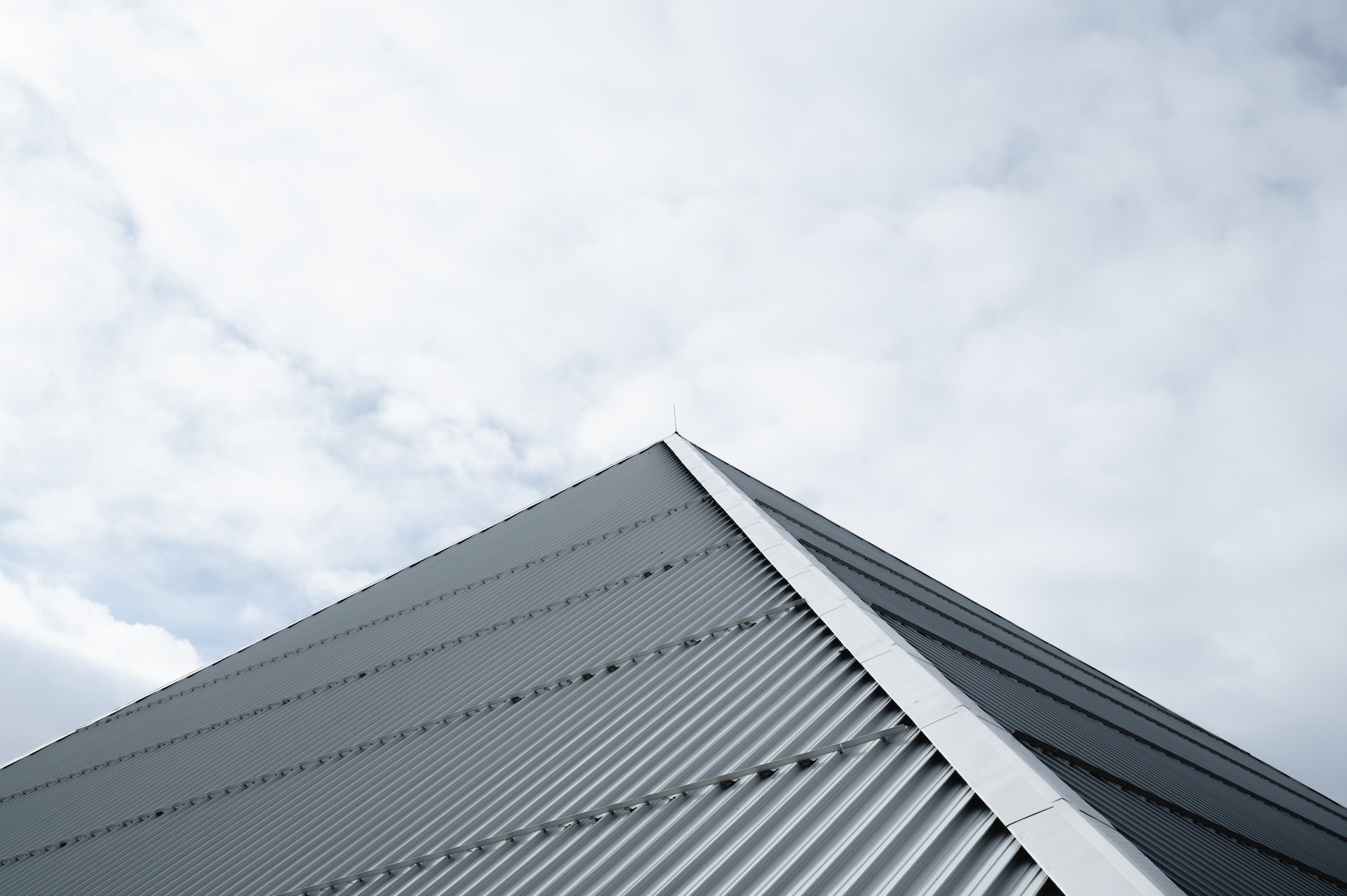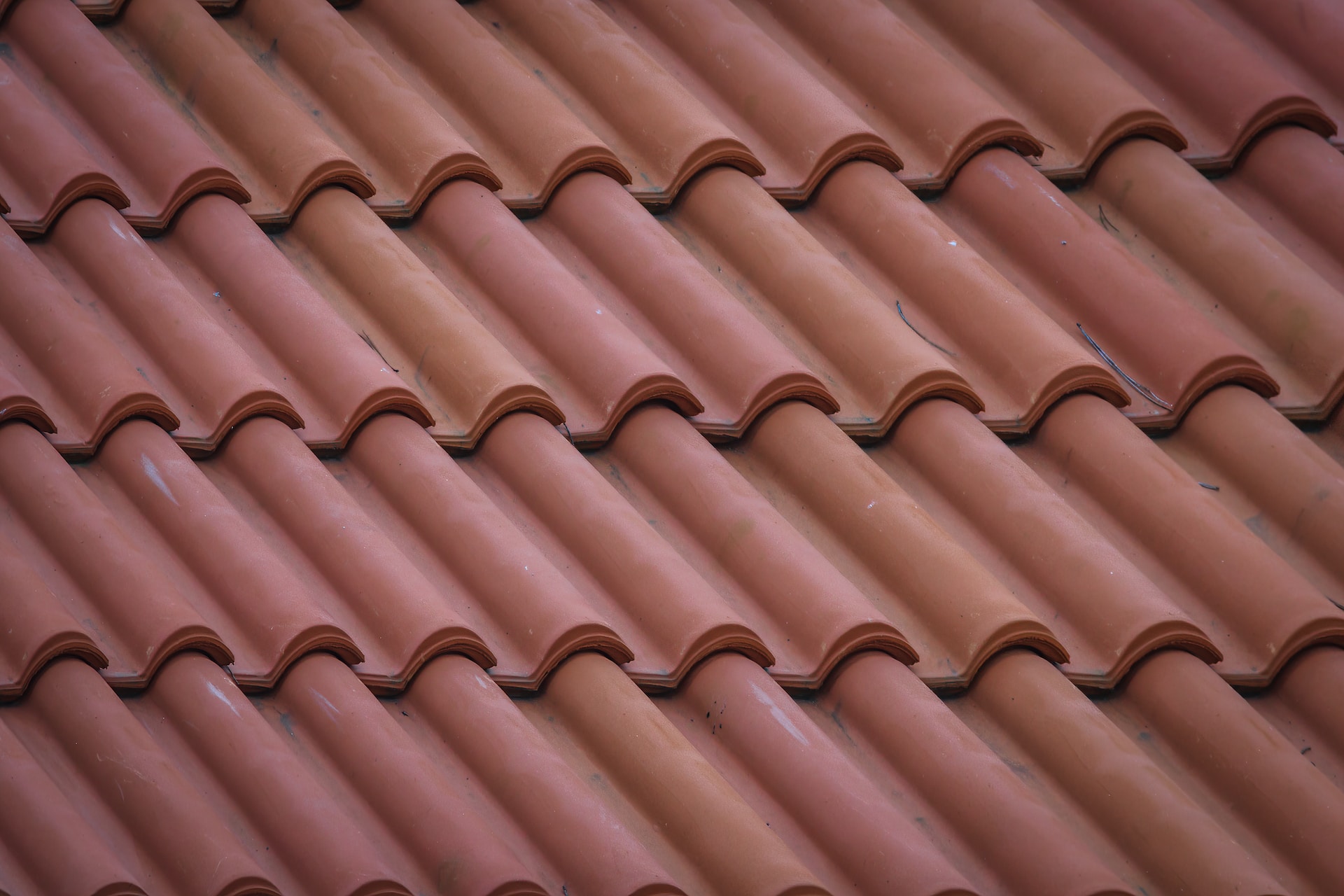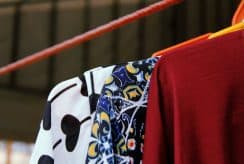
When building a green home, the roof is a key consideration. There are a variety of options to choose from depending on cost, climate compatibility and aesthetic.
Metal roofs are an excellent choice because they reflect solar heat, reducing your energy bills. Additionally, they are made from recycled materials that can be reused once they reach their end of life.
White Roofs
A white roof can help a building stay cool by reflecting sunlight, helping cut energy consumption and saving on utility bills. The only drawback is that they may not be as insulating as some other types of roofing materials. The other option is to add solar panels to the roof. This is an increasingly popular option among eco-conscious builders and homeowners, as the panels can produce clean, renewable energy.
The roof is a key part of any home, protecting the structure from snow, rain and exposure to the elements. A roof also provides a space for the installation of solar panels and other systems that can contribute to the overall sustainability of a home or building.
Choosing the right roofing material is an important aspect of green construction, and it can make the difference between an environmentally-friendly home and a conventional one. When choosing a new roof, it’s important to consider the material and its weight, as well as its ability to withstand the type of weather in your area.
Some roof materials, such as slate and clay tile, are considered environmentally-friendly due to their natural origins. They can be recycled and are resistant to moisture. However, the extraction of these stones requires a great deal of energy and can have a large environmental impact. Moreover, slate and clay tiles are heavy and require extra support beams. This can increase the cost of the project.
Wood shakes and shingles are another eco-friendly roofing option, assuming the material is gathered in an environmentally friendly manner. They are less durable than slate or metal roofs, but they have strong insulating properties and may be naturally pest-resistant in some species. Furthermore, they biodegrade without difficulty, allowing for simple disposal.
A metal roof is also an environmentally-friendly roofing option, as it can last for a long time with minimal maintenance requirements. It can also be recycled at the end of its lifespan. However, a metal roof is a good choice only if the building is adequately insulated. Otherwise, the heat from the sun can penetrate the roof, making the building uncomfortable.
Green Roofs
If you want to take your eco-friendly roofing seriously, consider a green roof, an updated version of the traditional sod or garden roof that lets plants grow on it. The plants provide natural insulation and cooling, and they can even reduce energy costs. They also cut down on stormwater runoff, which is a big problem in urban areas. On the downside, a green roof can be pricey and may require structural reinforcement to support the weight of soil and plants. And regular upkeep is required, including irrigation and pulling weeds. On the good side, you can check the roof repair in dallas-fort worth if you ever need their services.
If a green roof is too expensive or impractical for your home, there are other eco-friendly roofing options to consider. For example, metal roofs are very durable and long-lasting, but they have the added benefit of being light reflective, which keeps your house cooler and cuts electricity use in summer. They also help mitigate the effect of so-called heat islands in cities, where buildings and paved surfaces absorb more sun’s rays and raise surrounding temperatures by up to 1 degree C. And unlike asphalt shingles, which are petroleum based and almost impossible to recycle, many modern metal roofs have high recycled content and are entirely recyclable at the end of their lifespan.
Tile roofing is another highly sustainable option, favored in warm climates, that can last for up to a hundred years and is available in a variety of colors to complement any style home. And like a metal roof, clay tiles are made from natural materials that can be reused or recycled after their useful life is over.
Wood shingles and shakes are another great choice, as they are a renewable resource that can be used again and again. They’re less durable than slate or metal roofs, but they have better insulating capabilities and are naturally insect-resistant. And of course, they’re biodegradable, so you can be sure that your roof isn’t contributing to the waste problem.
Another eco-friendly option is a solar roof, which collects and converts sunlight into energy for your household. These are generally a little more expensive than other types of roofing, but they can pay for themselves by reducing your energy bills and helping you to become self-sufficient.
Solar Roofs

Solar power is a growing renewable energy option that can help reduce home utility bills and protect the environment. Various solar products are available in the market, including solar panels and solar roof tiles. While both are designed to generate solar energy, they differ in several ways.
Traditionally, solar energy is produced by installing panels on top of an existing roof. These panels are known as photo-voltaic (PV) cells, and they are arranged in a frame to create an electric current. This current can then be used to power household appliances. Solar shingles take this technology a step further, and they integrate the solar energy generation into the actual roofing structure of the house. The result is a beautiful, seamless roof that also provides the homeowner with clean energy.
Both of these types of roofs offer significant benefits for homeowners, but they also have some drawbacks. For example, solar shingles typically require more maintenance and are less efficient than conventional PV panels. They can also be more expensive than traditional roofs, and they are not suitable for all homes.
A major downside of solar roofs is that they require the removal and replacement of existing roofs, which can be costly for homeowners. Fortunately, manufacturers are beginning to release solar shingles that look more like traditional roof tiles. Tesla, for instance, offers a Solar Roof that resembles traditional roof tile colors and styles.
Solar shingles are a great way to meet New York City’s Local Laws 92 and 94 of 2019, which mandate sustainable roofing systems for new constructions and major renovations. They are also a good option for older homes that cannot support the weight of traditional panels.
In addition, solar shingles are more likely to increase the resale value of a home, as they add a unique energy-generating feature. They can also be used in conjunction with green roofs to further improve a building’s sustainability.
In terms of longevity, solar shingles last for up to 30 years at their maximum energy output. After that time, they may not continue to produce the same level of solar power, but they will still provide some energy.
Blue Roofs
If you’re building a green home or just want to make your current house more eco-friendly, the roof is one of the most important areas. There are several options for eco-friendly roofing shingles and materials, and they all offer a range of benefits, including keeping homes cooler, cutting down on energy bills, and reducing greenhouse gases.
For those looking for a more traditional but eye-catching and classy eco-friendly option, clay tiles are a great choice. These are made from natural clay that is molded and fired. They’re usually coated with unique glazes and paints that add color and design. Clay tile is a sustainable material because it is made from a renewable resource and uses less energy to produce than metals.
Another type of sustainable roofing is a “blue roof.” These have a series of ponds or tanks that collect rainwater. They then slowly release the water into a drainage system. Blue roofs help prevent flooding in urban areas by decreasing the amount of water that enters sewer systems during storms. This reduces pollution from combined sewer system overflows (CSOs) into rivers, streams, and coastal waters.
These roofs also help with water conservation in drier climates by collecting and holding rainwater for use when it’s needed most. This reduces the need for irrigation, minimizing the need for chemical fertilizers and pesticides.
In addition, blue roofs are designed to be leak-resistant. This will significantly cut down on the number of leaks that would otherwise occur in a normal roof. This will save homeowners money on repair and maintenance costs.
In some cases, you can combine a green or blue roof with solar panels for a truly eco-friendly home. This can generate electricity for your home and reduce your carbon footprint while adding value to the property. If you choose to do this, it’s important to have an engineer verify that your roof can safely support the added weight and volume of water. One inch of water weighs 5.2 pounds per square foot, so it’s important to have the right drainage system in place.





